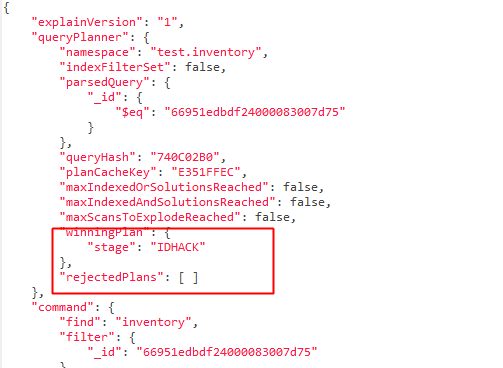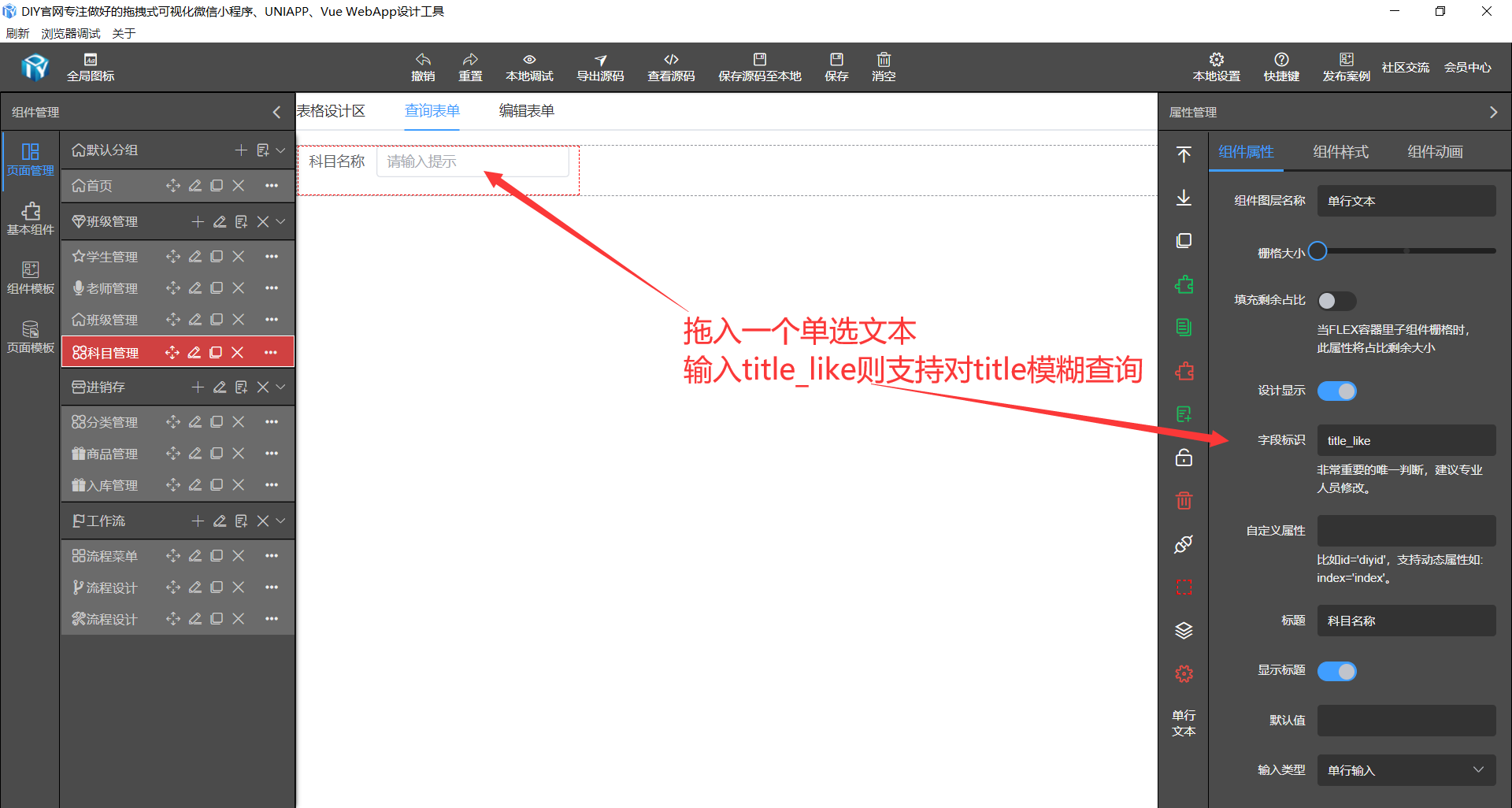文章目录
- 1. Partitioner分区器
- 2. 自定义分区器
- 3. RecordAccumulator数据收集器
1. Partitioner分区器

clients/src/main/java/org/apache/kafka/clients/producer/KafkaProducer.java,中doSend方法,记录了生产者将消息发送的流程,其中有一步就是计算当前消息应该发送往对应Topic哪一个分区,
int partition = partition(record, serializedKey, serializedValue, cluster);
private final Partitioner partitioner;private int partition(ProducerRecord<K, V> record, byte[] serializedKey, byte[] serializedValue, Cluster cluster) {//当record的分区已存在,则直接返回,这对应了创建Record时可以手动传入partition参数if (record.partition() != null)return record.partition();// 如果存在partitioner分区器,则使用Partitioner.partition方法计算分区数据if (partitioner != null) {int customPartition = partitioner.partition(record.topic(), record.key(), serializedKey, record.value(), serializedValue, cluster);if (customPartition < 0) {throw new IllegalArgumentException(String.format("The partitioner generated an invalid partition number: %d. Partition number should always be non-negative.", customPartition));}return customPartition;}// 如果没有分区器的情况if (serializedKey != null && !partitionerIgnoreKeys) {// hash the keyBytes to choose a partitionreturn BuiltInPartitioner.partitionForKey(serializedKey, cluster.partitionsForTopic(record.topic()).size());} else {return RecordMetadata.UNKNOWN_PARTITION;}}// 利用键的哈希值来选择分区
public static int partitionForKey(final byte[] serializedKey, final int numPartitions) {return Utils.toPositive(Utils.murmur2(serializedKey)) % numPartitions;}
2. 自定义分区器
新建类实现Partitioner接口,key是字符串数字,奇数送到分区0,偶数送到分区1 。
public class MyKafkaPartitioner implements Partitioner {@Overridepublic int partition(String s, Object key, byte[] bytes, Object o1, byte[] bytes1, Cluster cluster) {// Ensure the key is a non-null stringif (key == null || !(key instanceof String)) {throw new IllegalArgumentException("Key must be a non-null String");}// Parse the key as an integerint keyInt;try {keyInt = Integer.parseInt((String) key);} catch (NumberFormatException e) {throw new IllegalArgumentException("Key must be a numeric string", e);}// Determine the partition based on the key's odd/even natureif (keyInt % 2 == 0) {return 1; // Even keys go to partition 2} else {return 0; // Odd keys go to partition 0}}@Overridepublic void close() {}@Overridepublic void configure(Map<String, ?> map) {}
}
新建一个存在多分区的Topic。

public class KafkaProducerPartitionorTest {public static void main(String[] args) throws InterruptedException {//创建producerHashMap<String, Object> config = new HashMap<>();config.put(ProducerConfig.BOOTSTRAP_SERVERS_CONFIG, "localhost:19092");config.put(ProducerConfig.KEY_SERIALIZER_CLASS_CONFIG, StringSerializer.class.getName());config.put(ProducerConfig.VALUE_SERIALIZER_CLASS_CONFIG, StringSerializer.class.getName());//指定拦截器config.put(ProducerConfig.INTERCEPTOR_CLASSES_CONFIG, ValueInterceptorTest.class.getName());//指定分区器config.put(ProducerConfig.PARTITIONER_CLASS_CONFIG, MyKafkaPartitioner.class.getName());KafkaProducer<String, String> producer = new KafkaProducer<String, String>(config);for (int i = 0; i < 10; i++) {//创建recordProducerRecord<String, String> record = new ProducerRecord<String, String>("test1","key"+i,"我是你爹"+i);//发送recordproducer.send(record);Thread.sleep(500);}//关闭producerproducer.close();}
}
配置好PARTITIONER_CLASS_CONFIG后发送消息。


可以分区器成功起作用了。
3. RecordAccumulator数据收集器
通过数据校验后,数据从分区器来到数据收集器。
数据收集器的工作机制
-
队列缓存:
RecordAccumulator为每个分区维护一个队列。默认情况下,每个队列的批次大小(buffer size)是16KB,这个大小可以通过配置参数batch.size来调整。 -
缓冲区管理:
- 每个分区都有一个或多个批次,每个批次包含多条消息。
- 当一个批次填满(即达到
batch.size),或者达到发送条件(如linger.ms时间窗口,即发送消息前等待的时间)时,批次会被标记为可发送状态,并被传递给Sender线程。
-
满批次处理:
- 当某个分区的队列中的某个批次大小超过了16KB(默认值)或满足
linger.ms的时间条件,RecordAccumulator会将该批次加入到一个待发送的队列中。 Sender线程会从待发送队列中获取这些满批次并将其发送到Kafka集群。
- 当某个分区的队列中的某个批次大小超过了16KB(默认值)或满足


![[集成学习]基于python的Stacking分类模型的客户购买意愿分类预测](https://i-blog.csdnimg.cn/direct/c0dec1625fa84474a24b7a7333189b72.png)
















